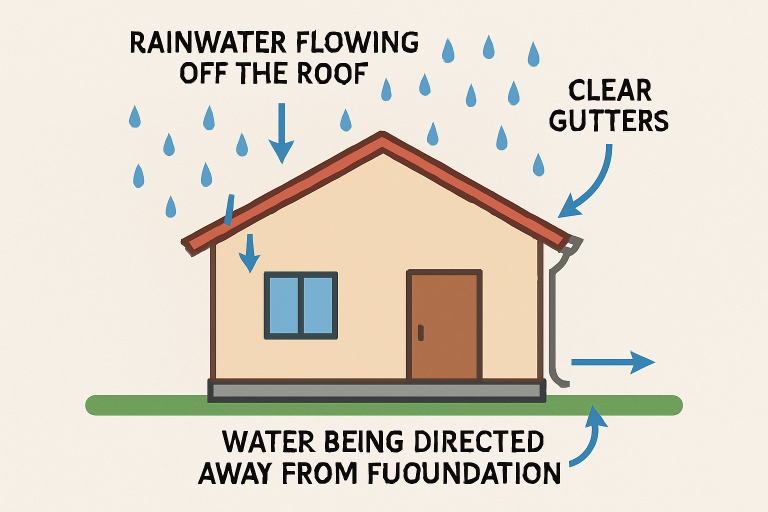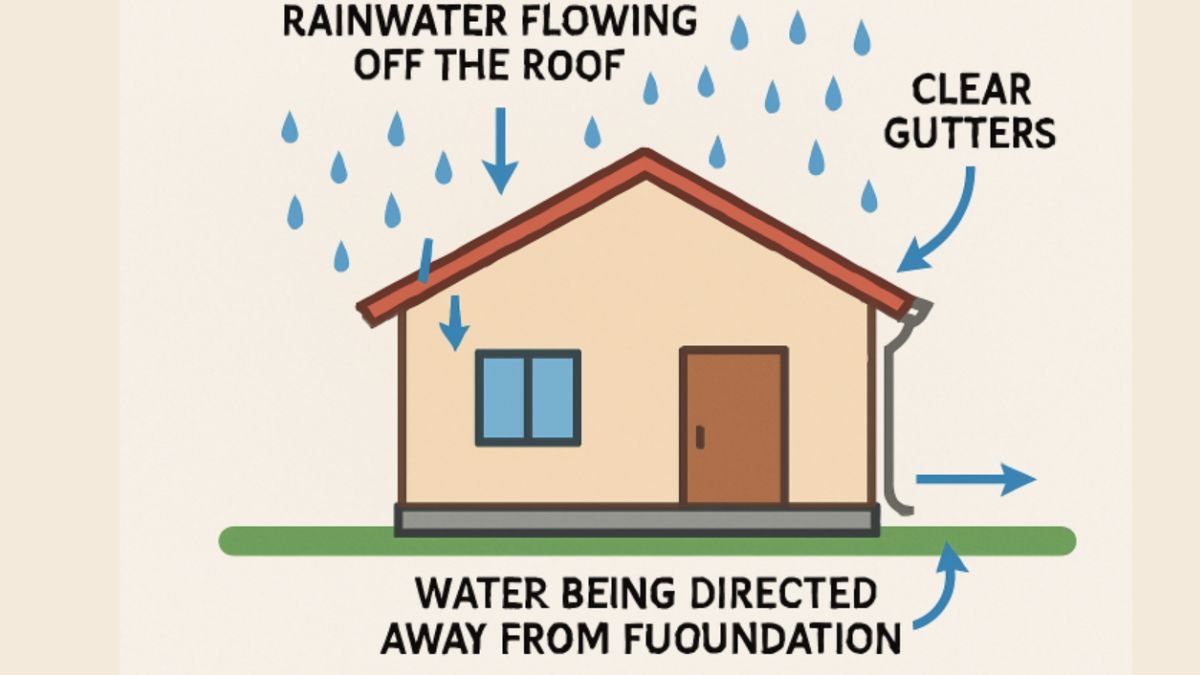Introduction
Water intrusion remains a leading cause of long-term structural damage in homes and commercial buildings. If left untreated, it can result in costly repairs, health hazards, and decreased property value. Taking proactive action is key to safeguarding your investment and ensuring the safety and longevity of any structure. Whether you own or manage property, understanding practical prevention strategies will put you ahead of potential disasters. For those who encounter issues, contacting a local specialist for water damage restoration Denver is a crucial step toward recovery and repair.
Routine inspection, proper drainage management, and reliable sealing methods are critical for battling water intrusion. Investing in these preventative measures can offer peace of mind and help you avoid the headache of significant repairs. Don’t wait until you spot a leak—by then, substantial structural damage may already be happening behind the scenes. With modern technology and competent property care, it’s easier than ever to identify weak points early and act before water intrusion escalates. Tackling the issue holistically leads to lasting protection and preserves the value of your property.
Regular Inspections and Maintenance
Establish a consistent schedule for property inspections, ideally twice a year—once in the spring and once in the fall. Pay attention to your roof, exterior walls, window frames, doors, and foundation. Spotting small leaks, cracks, or areas of moisture accumulation early prevents these minor issues from blossoming into significant and expensive damage. Inspections should also look for warning signs like water stains, mold growth, or musty odors—problems that can indicate hidden water intrusion.
Prompt repairs are just as necessary as regular inspections. Address minor roof tears, cracked window caulking, or foundation fissures immediately. These actions block common water entry points and reduce the risk of developing mold or structural decay. The U.S. Environmental Protection Agency offers comprehensive resources on mold prevention following water exposure, helping you act swiftly if you notice red flags.
Roof Maintenance
Your roof acts as your structure’s ultimate shield against water ingress. Over time, shingles can loosen or break, flashing can deteriorate, and gutters can become clogged with leaves and debris. Each of these vulnerabilities invites water to seep into attics, ceilings, or walls. Schedule annual roof inspections, especially after severe weather events, to look for any sign of disrepair. Replace damaged shingles immediately and ensure flashing is intact around chimneys and skylights.

Proper Drainage Systems
Keeping water away from your building’s foundation is crucial. Most drainage concerns begin with poorly maintained gutters and downspouts. These should always flow freely, carrying rainwater several feet from your foundation. Consider ground grading—the soil should naturally slope away from your property. In some cases, installing French drains or other subsurface drainage systems may be warranted, especially in areas where heavy rainfall or snowmelt is common. Attention to these details minimizes soil saturation and lessens the risk of hydrostatic pressure causing cracks or leaks.
Sealing Windows and Doors
Windows and doors are among the most frequent sources of water entry. Over time, their seals and weatherstripping degrade due to sunlight, temperature changes, and regular use. Inspect these areas annually, looking for peeling, cracking, or gaps. Use premium, UV-resistant caulks for resealing and replace old weatherstripping to maintain a watertight barrier. Family Handyman’s guide to weatherproofing provides detailed tips for sealing and weatherproofing.
Foundation Maintenance
Unchecked water intrusion is especially menacing for your foundation. Even minor cracks can allow water into basements or crawl spaces, fostering mold and undermining building stability. Inspect your foundation every few months, seeking out cracks, efflorescence (white salt deposits), or damp patches. Apply epoxy injections or hydraulic cement to minor cracks and consider professional waterproofing for persistent or widespread issues. Encourage rapid drainage around the foundation by extending downspouts and maintaining proper grading.
Advanced Detection Technologies
Modern detection devices make it easier than ever to identify water problems before they escalate. Smart leak sensors, water alarms, and moisture meters can be placed in vulnerable locations such as under sinks, basements, or near water heaters. Many systems send real-time alerts to your phone, allowing immediate action even when you’re away from home. By incorporating sensor technology into your strategy, you gain an effective early warning system and reduce the risk of unnoticed leaks causing severe damage.
Landscaping Considerations
Landscaping impacts your property’s aesthetics and vulnerability to water intrusion. Avoid heavy irrigation near your foundation and ensure trees and shrubs are planted a safe distance from walls—roots can create pathways for water or destabilize soil. Consider installing barriers like retaining walls where water runoff is a concern, and use mulch or gravel beds to assist with natural water absorption. These steps help manage surface water and maintain the structure’s long-term resilience.
Conclusion
Structural damage from water intrusion can be devastating—but it’s largely preventable with diligence, proactive maintenance, and advanced tools. By prioritizing inspection routines, caring for your roof and foundation, upgrading seals, and leveraging technology, you position your property for long-term success and preservation. These preventative measures will help ensure your home or business remains secure and valuable for years.
CLICK HERE FOR MORE BLOG POSTS
“In a world of instant takes and AI-generated noise, John Authers writes like a human. His words carry weight—not just from knowledge, but from care. Readers don’t come to him for headlines; they come for meaning. He doesn’t just explain what happened—he helps you understand why it matters. That’s what sets him apart.”

